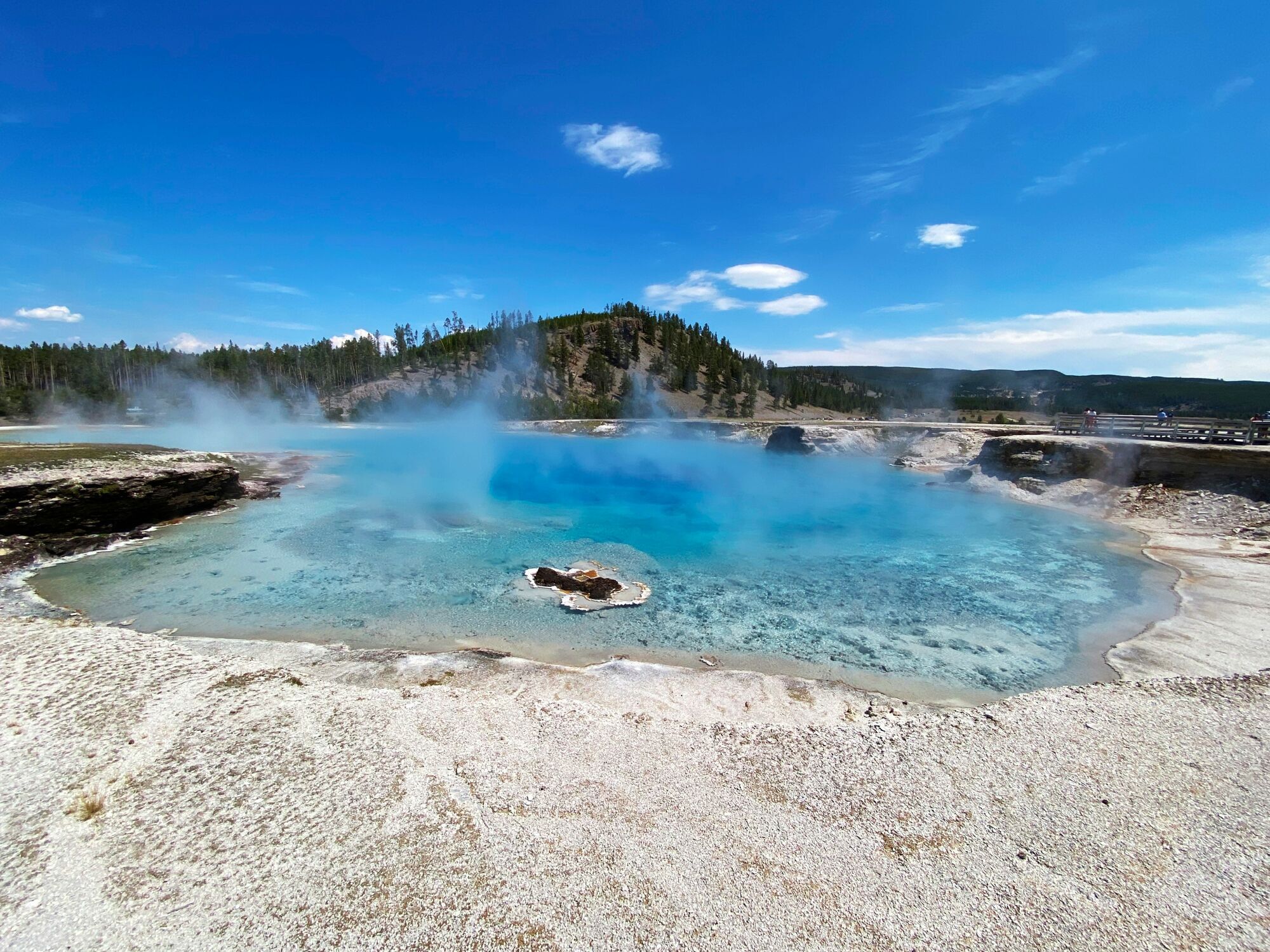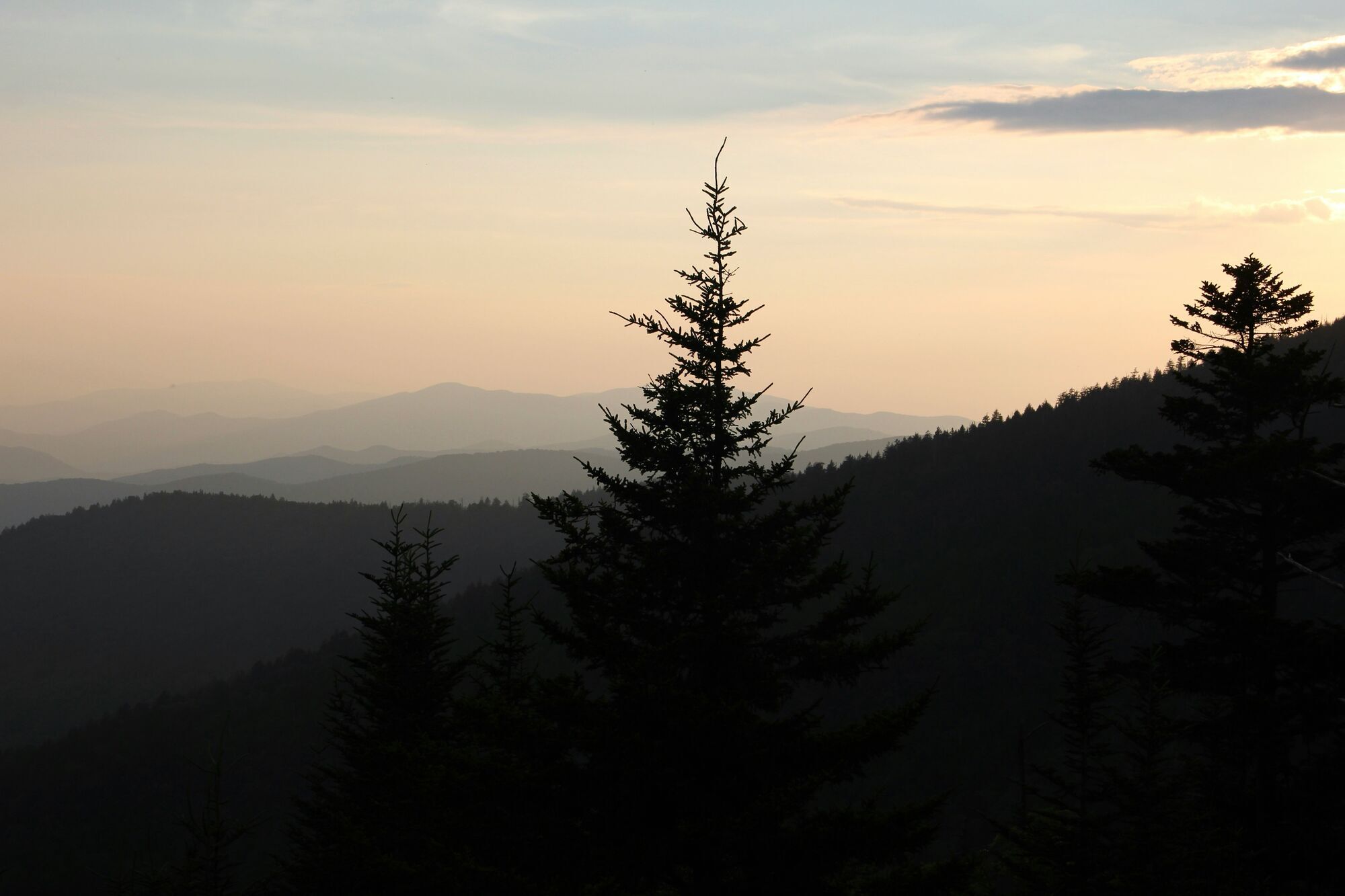Exploring America's National Parks Through Indigenous Perspectives

America’s national parks are often celebrated for their breathtaking landscapes and ecological diversity, but these lands hold deeper significance as the ancestral territories of Indigenous peoples. Today, many parks are working alongside Native communities to share their stories, traditions, and unique relationship with the land, offering visitors a richer understanding of these iconic places. Traveling through these parks with Indigenous-led experiences allows for a meaningful exploration of their cultural and historical layers.
Indigenous Voices in National Parks
Long before they became national parks, these lands were home to Indigenous tribes who cultivated, hunted, and celebrated the natural world in ways deeply intertwined with their spiritual and cultural practices. Recognizing this, many parks are collaborating with Native communities to highlight their perspectives, ensuring that their voices are part of the narrative. These efforts include guided tours, cultural demonstrations, and interpretive programs that share the knowledge passed down through generations.

For instance, in Mesa Verde National Park, where visitors can marvel at ancient cliff dwellings, Native guides from the Ute Mountain Ute Tribe share stories of their ancestors who lived in harmony with the environment. Similarly, Glacier National Park works with the Blackfeet Nation to offer insight into their sacred connection to the land, emphasizing the park’s importance beyond its natural beauty.
Experiencing the Land Through Indigenous Traditions
Indigenous-led experiences provide a unique lens through which visitors can connect with the land. Many tours highlight traditional ecological knowledge, a concept rooted in generations of observing and interacting with nature. In Grand Canyon National Park, the Hualapai and Navajo peoples share their relationship with the canyon, offering perspectives on its spiritual significance that go beyond the geological features.

Visitors to Yellowstone National Park can explore the lands through the eyes of the Shoshone-Bannock Tribes, whose ancestors revered the park’s geothermal features as sacred. Programs often include traditional stories, highlighting the deep reverence for the natural forces that shaped the land.
Revitalizing Culture and Preserving Heritage
Indigenous tourism not only enriches visitors’ experiences but also supports the revitalization of Native cultures and economies. For many tribes, sharing their traditions with travelers provides an opportunity to preserve their languages, rituals, and art forms. It also fosters a deeper appreciation for the resilience and contributions of Native communities to America’s heritage.

The Great Smoky Mountains National Park collaborates with the Eastern Band of Cherokee Indians to offer cultural workshops and interpretive walks. These programs provide visitors with a glimpse into Cherokee traditions, from crafting techniques to ancient storytelling, which reflect their enduring connection to the Smokies.
Practical Tips for an Enriching Visit
- Seek Indigenous-Led Tours: Look for programs or tours directly led by Native guides. These are often the most authentic and respectful way to engage with the history and culture of the land.
- Research and Plan Ahead: Many Indigenous-led experiences are seasonal or require advance booking. Check park websites or local tribal tourism organizations for details.
- Engage Respectfully: Approach these experiences with an open mind and a willingness to learn. Respect cultural sensitivities and ask questions thoughtfully.
A Deeper Connection to America’s Parks
Visiting America’s national parks through the lens of Indigenous perspectives transforms a traditional trip into a journey of cultural discovery. These experiences deepen the understanding of the sacred bond between people and nature, revealing the enduring stories that these lands hold. By supporting Indigenous-led initiatives, travelers can ensure that these voices continue to shape the narrative of America’s most cherished landscapes.



















